Editor’s Note, March 26, 2024: The launch of GOES-U is now targeted for June 25, 2024.
NOAA’s GOES-U, the fourth and final satellite in the Geostationary Operational Environmental Satellites (GOES) – R Series, the Western Hemisphere’s most advanced weather-observing and environmental monitoring system, is entering the final stage of preparations before liftoff. NASA and SpaceX are targeting no earlier than April 30 for the launch of GOES-U on a Falcon Heavy rocket.
The GOES-U team has spent years building the instruments and spacecraft, integrating all the satellite’s components, and conducting rigorous testing to ensure it can withstand the harsh launch conditions and successfully take up residence 22,236 miles above Earth. Before that happens, the spacecraft must complete several final milestones.
Shipment to Kennedy Space Center
On January 22, the GOES-U team carefully packed and shipped GOES-U from a Lockheed Martin facility in Littleton, Colorado — where it was built, integrated with its instruments, and tested, to a facility in Florida — where it arrived on January 23 and will undergo final preparations for launch. Shipping a satellite is no small feat. GOES-U is the size of a small school bus and weighs over 6,000 pounds! After packing GOES-U in a high-tech shipping container that acts as a mobile clean room, a crew drove the satellite to Buckley Space Force Base in Aurora, Colorado, and loaded it onto a C-5M Super Galaxy cargo transport. The next stop: NASA’s Kennedy Space Center, Florida.
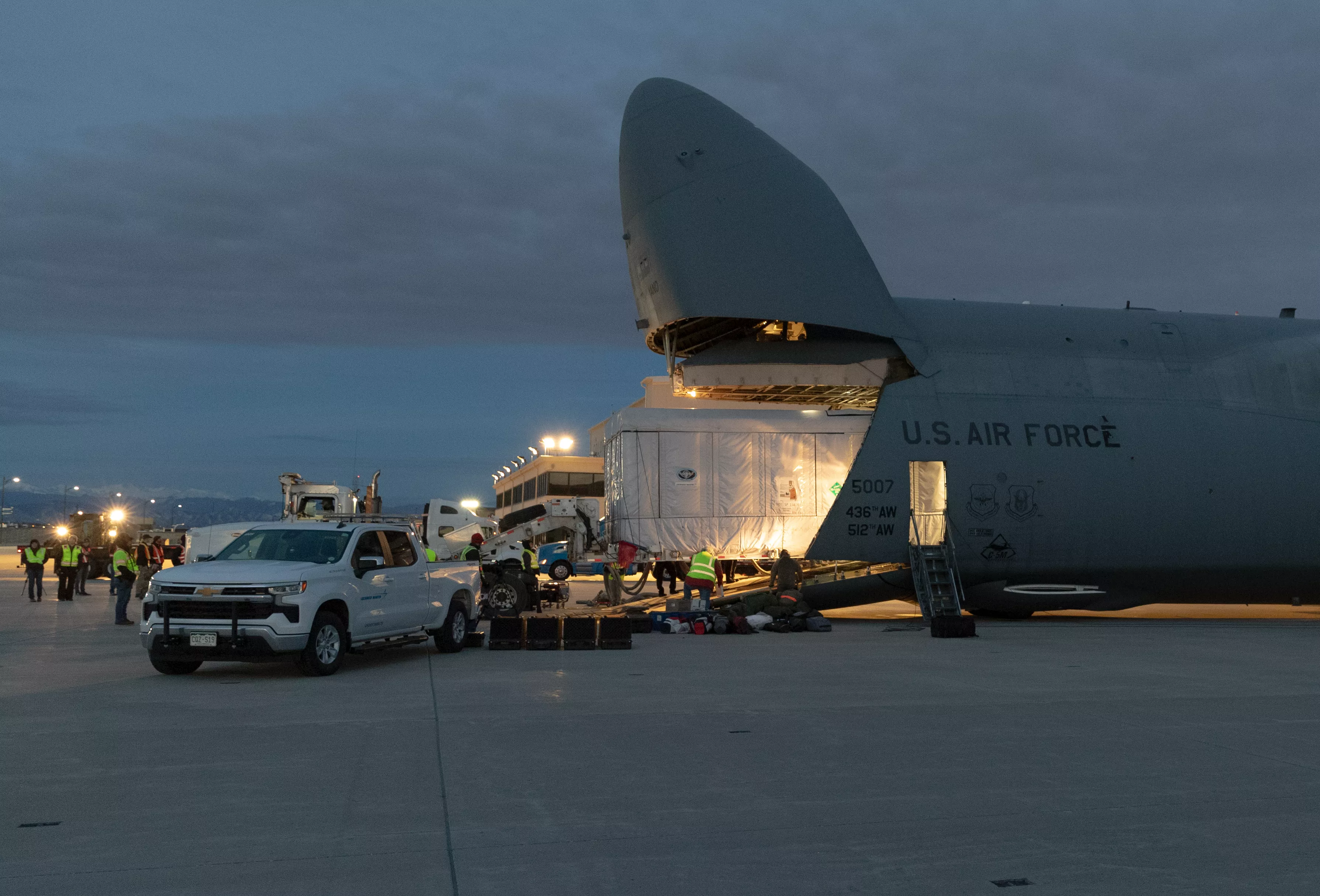
GOES-U landed at the historic NASA Launch and Landing Facility airstrip at Kennedy Space Center, where 78 space shuttle missions landed between 1984 and 2011. After arriving in Florida, GOES-U will be transported to the Astrotech Space Operations spacecraft processing facility in nearby Titusville. Then, it will be carefully removed from its shipping container, rotated, and placed onto a test stand to begin pre-launch processing. GOES-U will go through a series of electrical tests to confirm it is working properly and mechanical configurations to prepare it for launch.
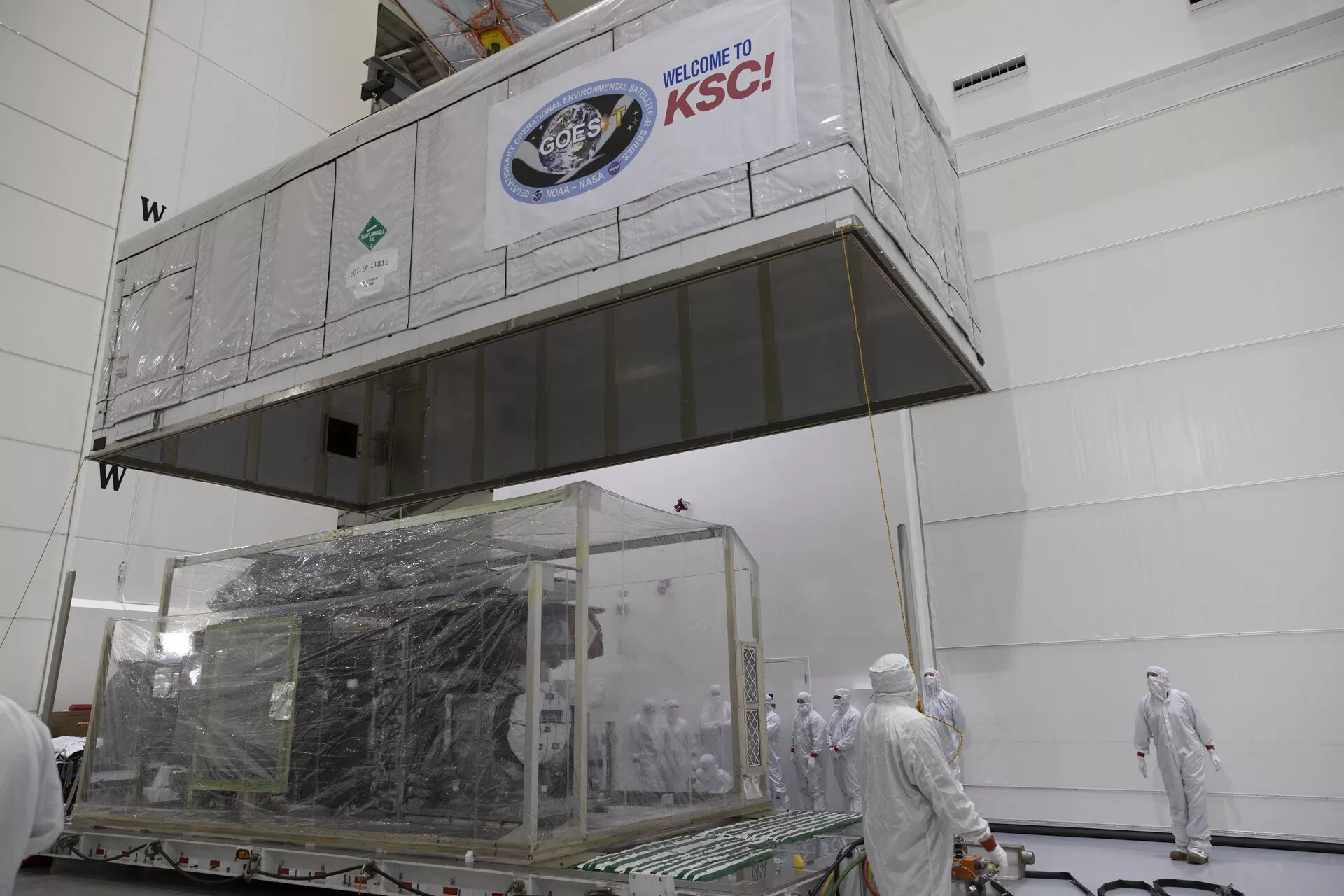
Fueling the Satellite
Getting a satellite into geostationary orbit and operating for 15 years requires a lot of fuel and oxidizer — more than 5,000 pounds in all! Propellant loading must be done very carefully as the propellants and their vapors are toxic. The team will prepare for the hazardous operation by donning SCAPE (Self-Contained Atmospheric Protective Ensemble) suits that cover their bodies and provide a clean air source. The team will check out all the equipment, ensuring flow rates are correct and there aren’t any leaks. Then, the team will test the chemical purity of the hydrazine fuel and pump it into GOES-U’s fuel tank. Next, the team will fill the oxidizer tanks. Finally, the team will weigh the spacecraft and measure its center of gravity.
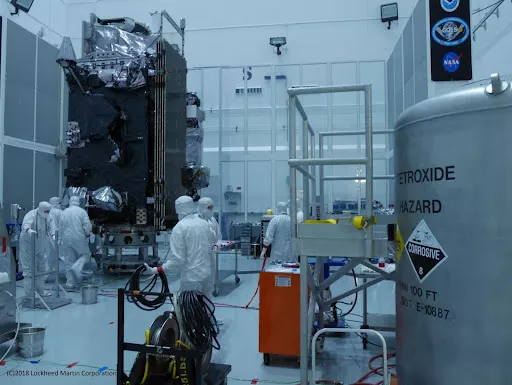
Encapsulation in the Rocket Fairing
GOES-U is almost ready to meet its launch vehicle, a SpaceX Falcon Heavy rocket. GOES-U is the first NOAA satellite to launch on a Falcon Heavy. However, the team knows what to expect, thanks to extensive planning and testing, the expertise of NASA’s Launch Services Program, and the recent experience from the NASA Psyche mission, which launched on October 13, 2023, on a Falcon Heavy.
First, the team must ensure the satellite will be protected on its ascent through Earth's atmosphere and into orbit. To do that, GOES-U will be encapsulated in what’s known as the payload fairing. The payload fairing consists of two pieces that come together to secure the satellite inside. The fairing will protect the spacecraft from aerodynamic pressure and heat during launch. After the rocket’s second stage climbs to a high enough altitude, the fairings will separate from the launch vehicle and return to Earth.
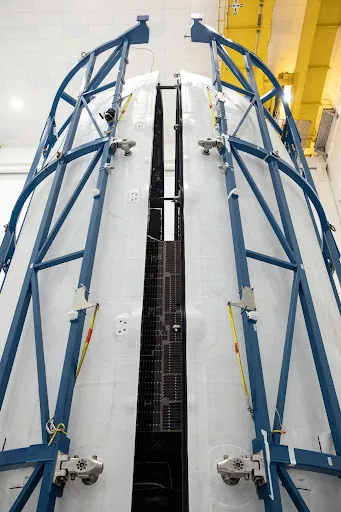
Attaching GOES-U to the Launch Vehicle
Once the satellite is encapsulated in the payload fairing, it will be attached to a transporter and rolled from Astrotech to the SpaceX hangar at the launch complex. There, a specially designed human access stand and clean room will be pushed up to the payload fairing to allow the satellite team to perform final electrical testing and mechanical preparations for launch. Next, the team will rotate the encapsulated satellite from vertical to horizontal and lift it to the front of the launch vehicle. GOES-U will then be electrically and mechanically attached to the Falcon Heavy rocket that will carry it to space. This process is called launch vehicle mate.
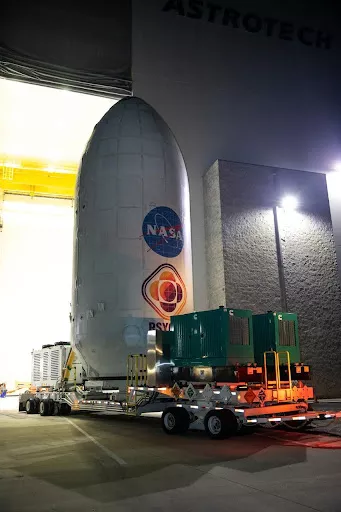
Rollout to the Launch Pad
Shortly before the launch, the Falcon Heavy rocket and its GOES-U payload will roll out to the launch pad and be raised to a vertical position.
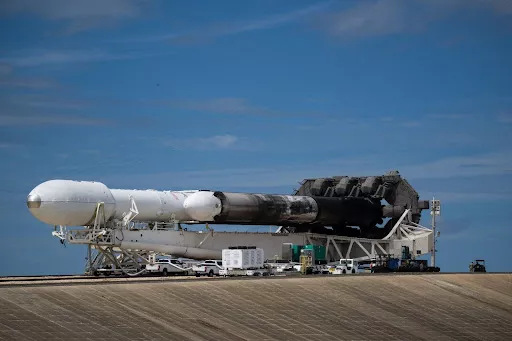
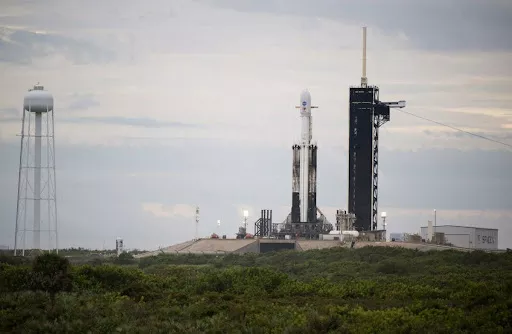
Liftoff!
Finally, GOES-U is ready to launch into geostationary orbit! GOES-U is scheduled to lift off from Launch Complex 39A at Kennedy Space Center no earlier than April 30. After liftoff, the Falcon Heavy’s two side boosters will separate and return to land at Space X’s Landing Zones 1 and 2. SpaceX will expend the center booster, and the payload fairing halves will return to Earth, where crews will retrieve them after they land in the ocean. SpaceX will likely reuse the side boosters and payload fairing for future missions.
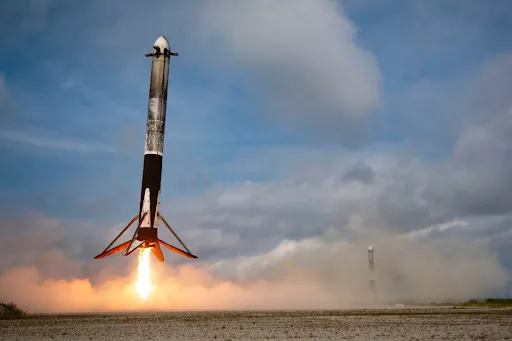
NOAA oversees the GOES-R Series Program through an integrated NOAA-NASA office, managing the ground system, operating the satellites, and distributing their data to users worldwide. NASA’s Goddard Space Flight Center in Greenbelt, Maryland, manages the acquisition of the spacecraft and instruments and built the magnetometer instrument for GOES-T and GOES-U. NASA’s Launch Services Program, based at Kennedy Space Center, manages the launch services for the GOES missions. Lockheed Martin designs, builds, and tests the GOES-R series satellites. L3Harris Technologies provides the primary instrument, the Advanced Baseline Imager, along with the ground system, which includes the antenna system for data reception.
GOES-U is the last of the GOES-R Series satellites, which are planned to operate into the 2030s. Looking forward, NOAA is working with NASA to develop the next generation of operational satellites in geostationary orbit, called Geostationary Extended Observations (GeoXO). GeoXO will provide new and improved observations of the atmosphere, weather, and ocean to help address emerging environmental issues, respond to the effects of Earth’s changing climate, and improve forecasting and warning of severe weather and hazards. NASA will manage the development of the GeoXO satellites and launch them for NOAA.
